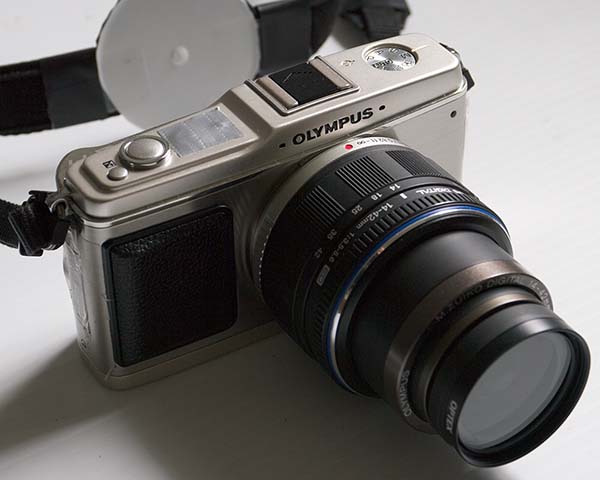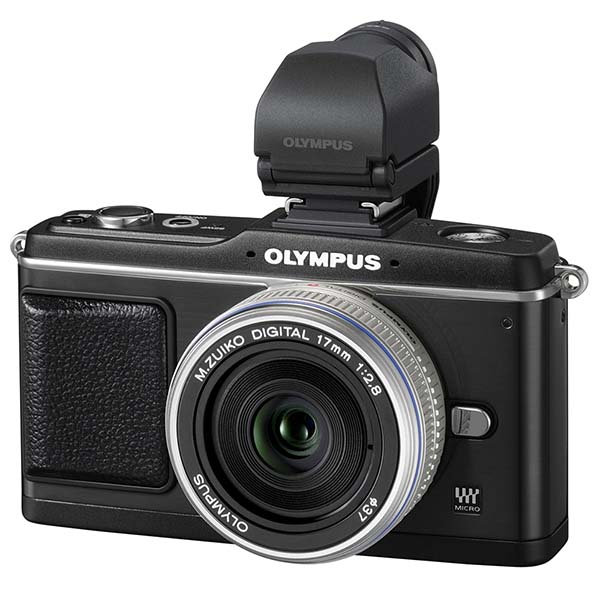Street Secrets of the E-P1 and E-P2
Page 1. Version 1.0, ©2010 by Dale Cotton, all rights reserved.
A Bit of Background
It may be that the pace of technical improvement in digital imaging has slowed down radically – or at least reached a plateau. Something around 12 mp for APS-C sensors and 24 mp for FF sensors seems to strike a reasonable balance between resolution, DR, and noise control. While manufacturer engineering teams concentrate on incremental improvements, the rest of us can finally get down to learning how to take maximal advantage of what we have.
What I have is the Olympus E-P1. For ten months now as I write this in May 2010, I haven't been so much as tempted by any new camera announcement. Panasonic has released the similar GF1 and Olympus has released the E-P2. The E-P2 is almost identical to the E-P1 save for the addition of an accessory connector and attachable EVF. The GF1 is along the same lines but has a different set of strengths and weaknesses. Panasonic also has the more dSLR-like G1, GH1 and G2. For all that the E-P1 still works for me.
The E-P2 is functionally identical to the E-P1, the only differences being a) the black colour, b) the attachable finder, c) a menu option for finder brightness, and d) two new art filters. Henceforth, I'll refer to them collectively as E-P1/2, except when one of those few distinctions is relevant.
Micro four thirds is actually the cumlmination of something that got started nearly a hundred years ago by one Oscar Barnack, who took a roll of 70mm cinema film and built a still camera around it. Since most pros were using 8x10 view cameras, the 35mm rangefinders that morphed from Barnack's prototype were comparative marvels of miniaturization. And indeed, there is such a thing as too small in a camera, beyond which controls are hard to manipulate and the lack of weight makes it hard to keep the camera steady (handheld) for slower exposures. From WWII on the mainstream of small format pro camera designs shifted from rangefinder to SLR and sizes again began an upward creep, culminating in the behemoth that is the Canon EOS 1D.
Micro four thirds returns us to the right-sizing of the 35mm rangefinder. While no m4/3 model sports a rangefinder, in size, heft, functionality, and image quality they're very much on the same page. After the SLR came to dominate photography the rangefinder became a niche tool used by those who required portability and inconspicuous above all else. Indeed the E-P1/2 sees the rangefinder and raises to it by not even demanding to be held up to the eye, thus passing muster as a tourist's point-and-shoot.
As with rangefinders, the E-P1/2 has the reputation of having achieved it's small size by sacrificing in both image quality and functionality. Although with some truth at launch, by now most of that critique is unwarranted. What is sure is that if you come to it expecting it to behave like an SLR, you'll soon walk away disappointed. Like the rangefinder, the E-P1/2 demands you approach it with a willingness to learn new ways of achieving familiar ends.


